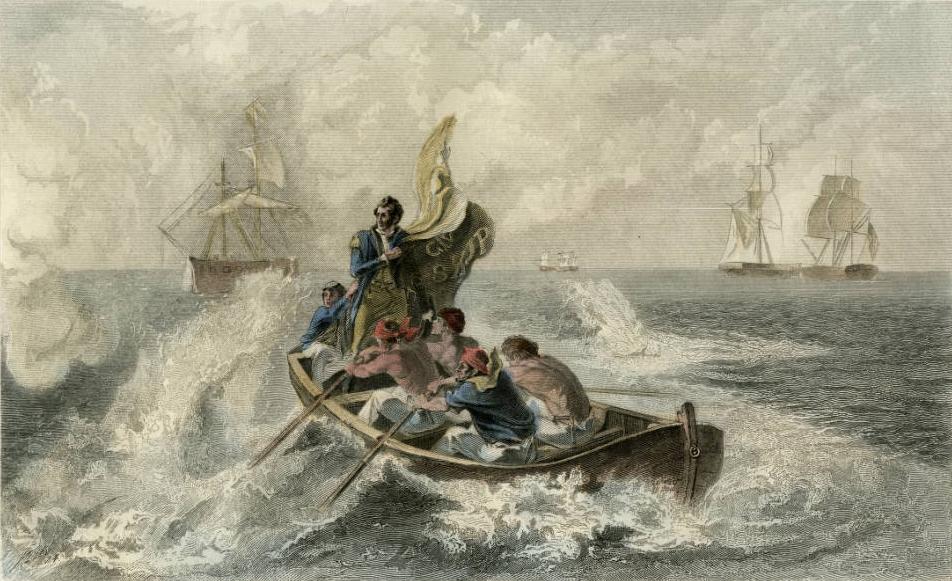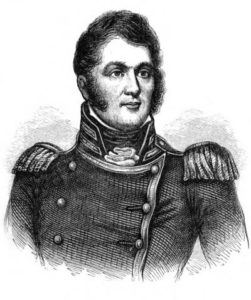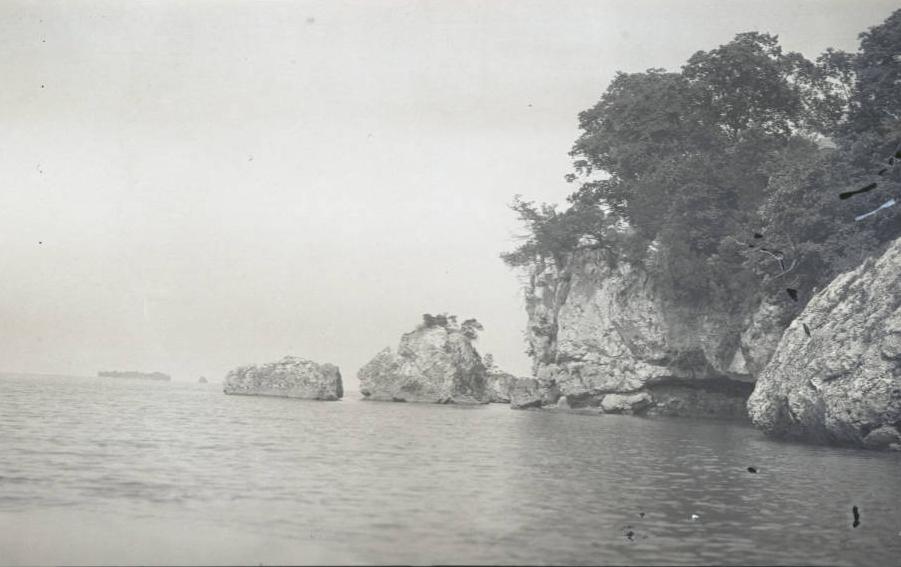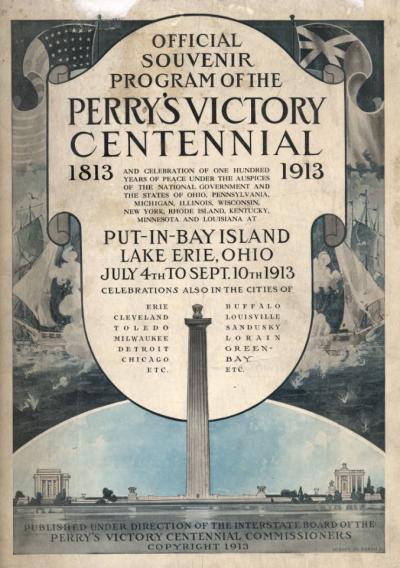“If A Victory Is To Be Gained”

Tomorrow, September 10th, marks the 203rd anniversary of a pivotal event in Ohio’s history as well as the nation’s. It was on this day in 1813 that British and American forces met in a naval engagement on Lake Erie during the War of 1812, resulting in an American victory that ensured U.S. control of the Great Lakes and eventually led to the war’s end.

At the outset of the war in June of 1812, Oliver Hazard Perry — a young officer only in his mid-20s — was sent to lead American naval forces on Lake Erie. Over the following year, the capable commander assembled a fleet of 9 vessels, constructed by local carpenters and consisting mostly of small gunboats along with two full-size combat ships, the USS Lawrence and the USS Niagara. He assembled 500 men and readied them through several months of drills; in September 1813, the unit set sail for the area of Put-In Bay to meet their more robust British counterparts for what the the British expected would be an easy defeat of Perry and his forces.
Early in the battle, long-distance British cannon struck and disabled Perry’s flagship, the Lawrence. Rather than lower the flag and accept defeat, Perry had his crew row him and the Lawrence‘s battle flag to the second ship, the Niagara — a moment depicted in the famous painting Perry’s Victory which hangs in the Ohio Statehouse, and in numerous other works as seen above.

Once he established command from the Niagara, the tide of battle began to turn. Perry and his fleet battered British ships with heavy cannon fire, which had the result of killing or wounding the commander of all six British ships and leaving the vessels under the command of junior officers with limited experience. Perry quickly took advantage of this situation, ramming the British lead ship with the Niagara while the sailors fired rifles at the British seamen. By nightfall, the British had lowered their flag and surrendered, and Perry had made good on the promise he made at the start of the battle:“If a victory is to be gained, I will gain it.” Shortly thereafter, Perry sent his dispatch to General William Henry Harrison, which included the historic words, “We have met the enemy, and they are ours.”

The loss of Lake Erie crippled British supply lines, forcing them to abandon Detroit and opening Canadian access to American forces. Perry’s victory also meant that the Ohio Valley was now safe, and laid the foundation for another pivotal victory less than a month later in the Battle of the Thames. Perry waspromoted to the rank of Captain, and awarded a Congressional Gold Medal in gratitude for his efforts, as well as the Thanks of Congress. Perhaps the most notable honor he received is with us today in the form of Perry’s Monument, located on South Bass Island in Put-In Bay. Known officially as Perry’s Victory & International Peace Memorial, the granite column was erected for the centennial of the battle in celebration of the resulting century of peace between the United States, Great Britain and Canada.
We invite you to learn more about the Battle of Lake Erie and its legacy on this important weekend through resources on Ohio Memory. See a detailed print showing naval forces in the midst of battle, read a “Minute and Interesting Account of the Conflict on Lake Erie” published shortly after the battle, view newspaper remembrances of the victory from the Wooster Daily News and Ohio State Journal, explore the area in which the battle took place, and more!
Thanks to Lily Birkhimer, Digital Projects Coordinator at the Ohio History Connection, for this week’s post!



Leave a Reply
You must be logged in to post a comment.